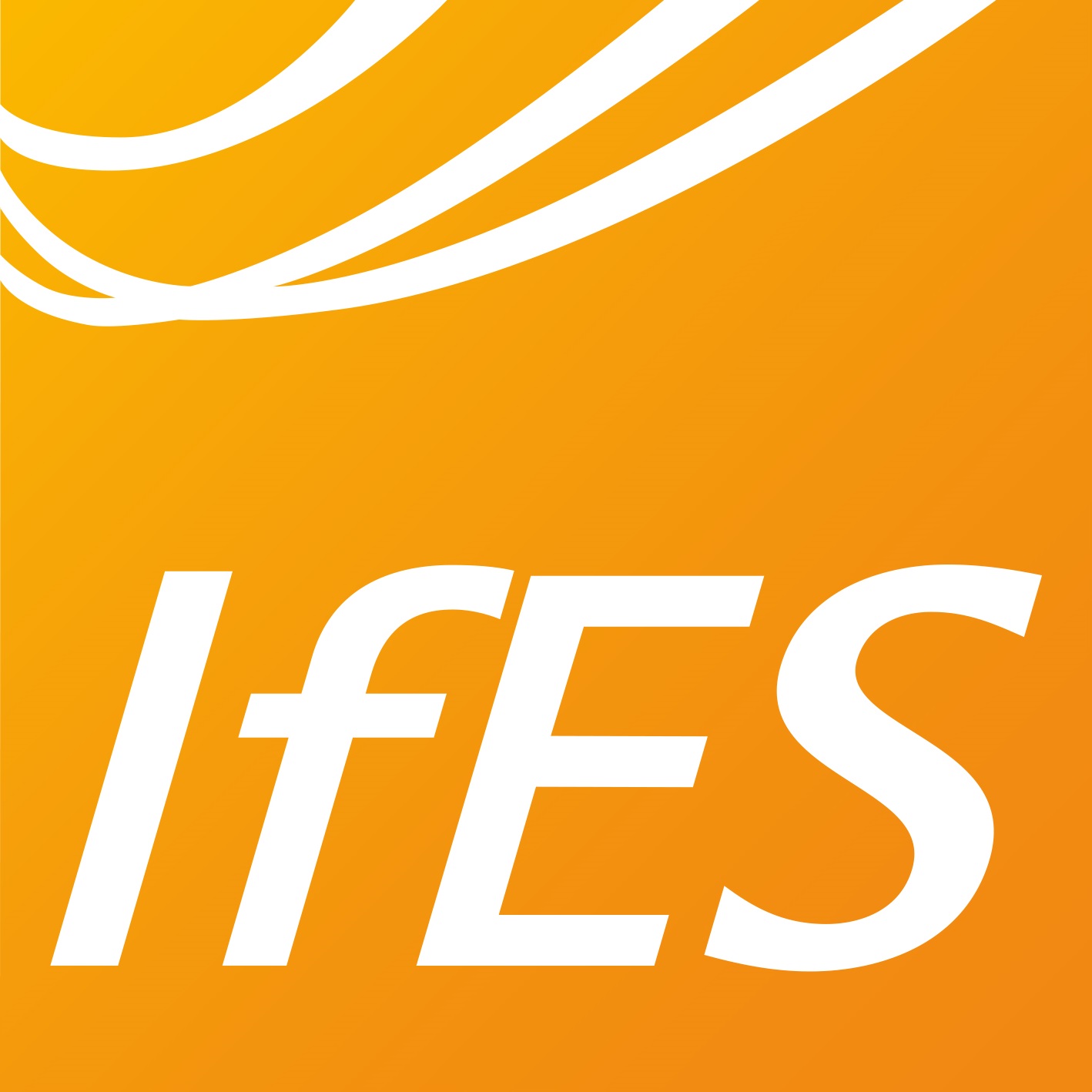Comparison of X-Wax Formation in Different Insulation Liquids
- authored by
- Moritz Kuhnke, Kristin Homeier, Peter Werle
- Abstract
The formation of solid wax-like ageing products in mineral oil under high voltage stress is known for almost a century. It was observed in oil-impregnated cables, bushings and capacitors. Its formation was generally attributed to high field strength and partial discharges. Since these types of equipment do not rely on oil flow for cooling the wax formation was seen as a sign of wear and not by itself as threat to the equipment.With the improvement of materials and design tools, the field strength in transformers increased. In recent years there was a significant number of outages in distribution transformers, which were related to partial discharges and wax formation. The purpose of this research is to understand how this wax is formed and how different insulation liquids behave in regard to the wax formation. Observations from the investigation of faulty transformers are compared to a lab experiment. A scaled model of the high voltage insulation of a distribution transformer was designed and build to investigate the influence of temperature and partial discharges on the generation of waxlike substances in the laboratory. Different insulation fluids, such as synthetic and natural esters and silicone fluids are investigated as well as a mineral oil for comparison. They are stressed with partial discharges for a duration of 200h. The partial discharges are monitored to allow a comparison between the PD energy and the amount of wax formed during the experiment. The tests are performed at different temperatures, as previous investigations have shown a significant influence of the temperature.
- Organisation(s)
-
High Voltage Engineering and Asset Management Section (Schering Institute)
- Type
- Conference contribution
- No. of pages
- 4
- Publication date
- 06.2019
- Publication status
- Published
- Peer reviewed
- Yes
- ASJC Scopus subject areas
- Electrochemistry, Electronic, Optical and Magnetic Materials
- Electronic version(s)
-
https://doi.org/10.1109/icdl.2019.8796699 (Access:
Closed)


